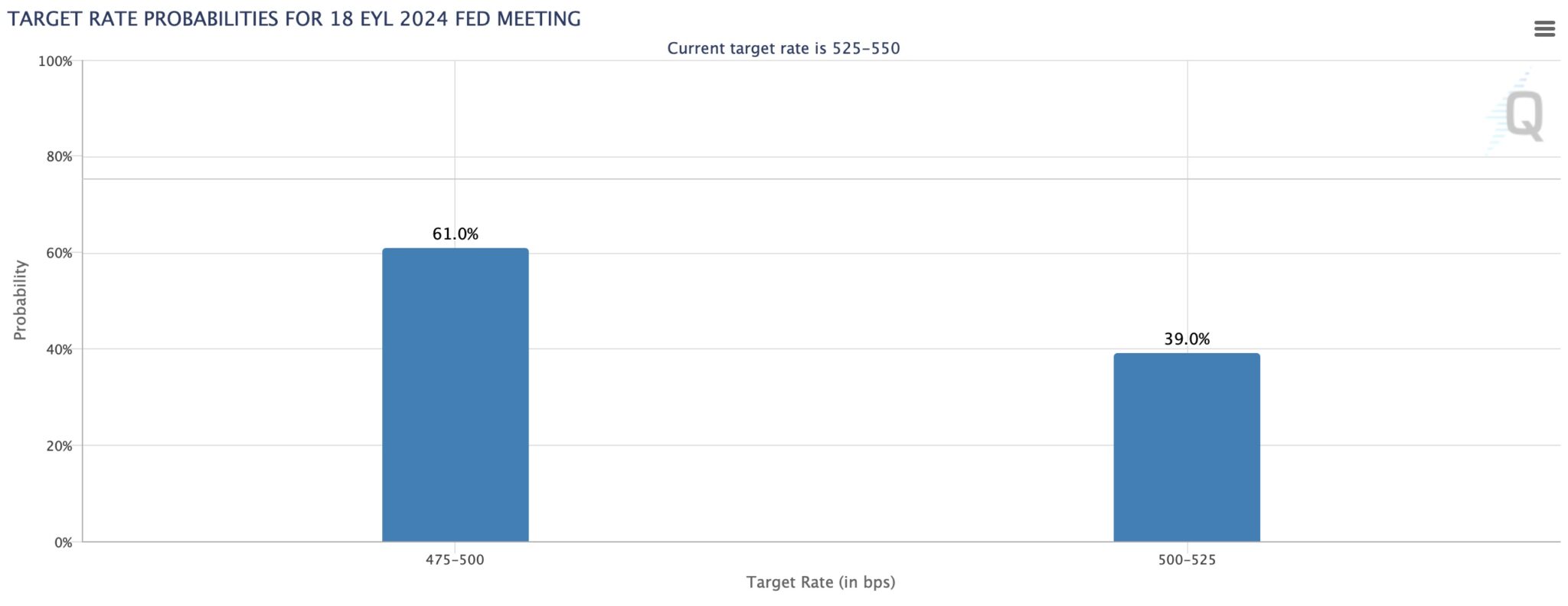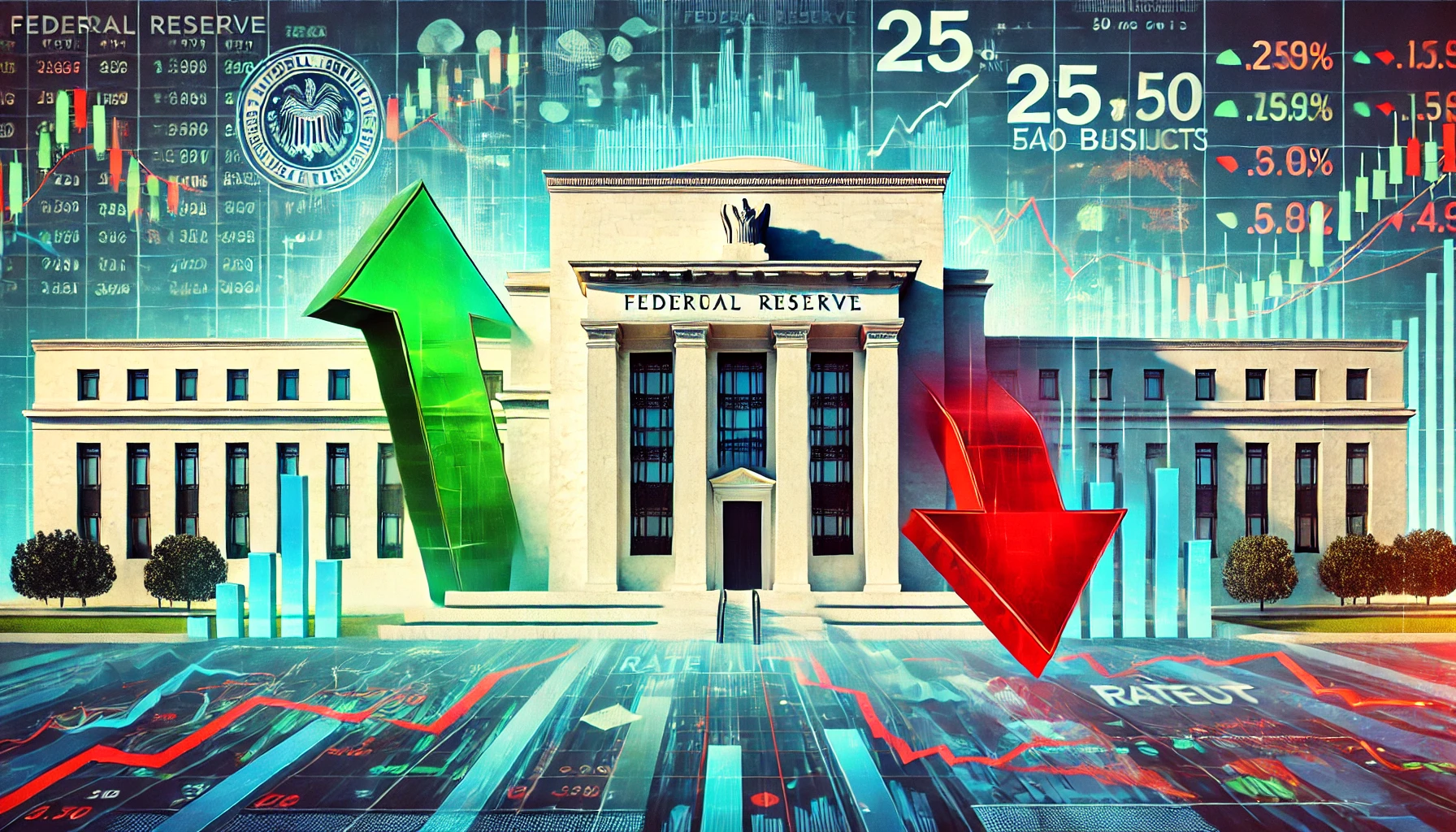Today, the U.S. Federal Reserve (FED) is expected to announce its first rate cut in over four years. However, there is still uncertainty about whether the cut will be 50 basis points or a smaller amount. Experts are warning that the market might be overly optimistic about the rate cut.
50 Basis Points Cut on the Table
Currently, the interest rate futures market shows a 60% probability of a 50 basis point cut. In the previous meeting, FED Chair Jerome Powell indicated that lowering rates was a priority due to inflation nearing the 2% target, though he didn’t provide a specific figure. Some analysts believe a 25 basis point cut would be a more fitting start to the FED’s easing cycle, especially in the absence of a financial crisis.
Options pricing suggests the S&P 500 index could fluctuate by around 1.1% on Wednesday. The recent rise in U.S. stocks has lessened the risk of disappointment if the FED opts for a smaller cut.
Diane Swonk, chief economist at KPMG, noted that while a 50 basis point cut is certainly on the table, Powell may not secure enough votes for it. Tara Hariharan, managing director at NWI Management, warned that with U.S. stocks near all-time highs, the risk-reward balance for further gains seems weak, especially with the market potentially pricing in a deep easing cycle from the FED.

Possible Reactions to the Rate Cut
StoneX analyst Weller predicts that a 25 basis point cut could cause a sudden rise in the dollar, pushing the USD/JPY pair above 142. Meanwhile, a 50 basis point cut could lower the pair to the psychological 140 level. Glen Capelo, managing director at Mischler Financial Group, suggested that a 25 basis point cut could lead to U.S. Treasury bond sell-offs, largely dependent on Powell’s remarks during the press conference.
Market Optimism Might Be Detached from Reality
Michael Rosen, managing partner and CIO at Angeles Investments, believes that the bond market may be overly aggressive in pricing in rate cuts. The market expects the FED to lower rates by 250 basis points next year, but Rosen argues that such a drastic cut would only be feasible in a recession. As a result, short-term U.S. Treasury yields may fall short of expectations, while long-term yields could rise.
Saish Sandeep Sawant Dessai, an analyst at Angel One, warned that the real risk lies in the market pricing in an overly dovish stance. This could lead to rising U.S. Treasury yields, a stronger dollar, and further declines in gold prices.
As the market eagerly awaits the FED’s decision, experts are advising caution, warning that excessive optimism around a large rate cut may not align with reality. Investors should keep an eye on Powell’s statements and be prepared for a range of potential market reactions.



















































































































